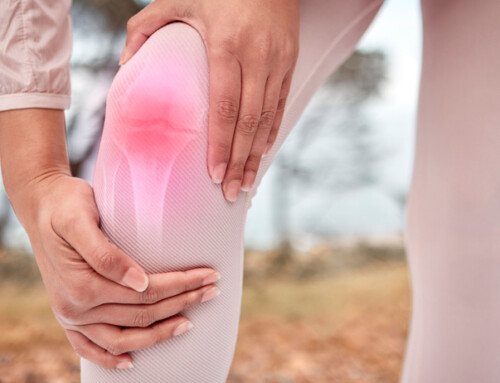by Jessica Fortune, SPT
Fun Fact: The back pain and discomfort you feel can be completely unrelated to the results of the Magnetic Resonance Image (MRI) you got.
Just because your MRI reports that you have disk degeneration, disk signal loss, disk height loss, disk protrusion, facet arthropathy, etc, doesn’t mean these impairments are the reason for your pain. In fact, these changes are often just related to increasing age.
Imaging Results & Low Back Pain
Recent research has provided some incredible statistics based on the prevalence of asymptomatic lumbar spine pathology (or, problems with your lower back that aren’t causing you pain). This research reports that 30-37% of 20 year olds (yes, 20) have MRI findings suggesting asymptomatic spinal degeneration, which increases to 84-96% by the age of 80. So, if such a high percentage of people can have MRI findings of spinal degeneration without pain, then what is causing your back pain?
There is not a single catch-all answer for everyone. Because many of these imaging findings are a part of normal aging, your low back pain could simply be due to generalized core, leg, and/or postural weakness (not necessarily a spinal or disc problem). The way you sit, walk, run, move, or how your body is aligned in general can also have an impact on back pain. This is not to say that MRI findings are never correlated to your pain, it just suggests that you take the information with a grain of salt.
Aside from severe disc protrusions causing compression on a nerve in the back, mild or moderate spinal degeneration or disc protrusions show little correlation to a patient’s pain patterns. This gives insight into how a patient can have severe back pain even without abnormal MRI findings.
Your MRI Findings & Diagnosis
So, should you trust your MRI findings? Overall, a physical therapist will put more emphasis on your history and exam findings to reach a clinical diagnosis that will best guide your treatment. In most cases, getting an MRI does not improve your long term outcomes and should only be considered if you have warning signs such as recent weakness in your arms or legs, have a history of cancer, have a loss of bowel/bladder control, or if conservative treatment has not changed your condition after 6 weeks (minimum).
Visiting a physical therapist can help to improve your range of motion, strength, posture, and/or movement mechanics that are likely contributing to, or causing, your back pain. For more information on how Capital Area Physical Therapy can help avoid non-specific low back pain, contact us at 518-289-5242 to schedule an appointment at any of our three physical therapy clinics in Queensbury, Malta and Saratoga NY.
Specific Research Mentioned:
Brinjikji W, Luetmer PH, Comstock B, et al. Systematic literature review of imaging features of spinal degeneration in asymptomatic populations. AJNR Am J Neuroradiol. 2015;36(4):811-816. doi:10.3174/ajnr.A4173
2. Bajpai J, Saini S, Singh R. Clinical correlation of magnetic resonance imaging with symptom complex in prolapsed intervertebral disc disease: A cross-sectional double blind analysis. J Craniovertebr Junction Spine. 2013;4(1):16-20. doi:10.4103/0974-8237.121619
Jessica Fortune






